- News
-
-
-
-
-
Latest News Articles
- WSB: Study tests accuracy of thermal drone surveys April 26, 2024
- Computer model explores Tribal use of fire for ecosystem health April 26, 2024
- 2024 TWS Elections: Southwest Representative April 25, 2024
-
-
-
- Wildlife Professional Resources
-
- Our Network
-
- PUBLICATIONS
-
-
Recent Posts
-
 The Wildlife Professional November/December Issue
November 1, 2023
The Wildlife Professional November/December Issue
November 1, 2023
-
-
-
-
-
-
- Wildlife Events
-
-
-
Upcoming Webinars
- No Events
-
-
-
- Who We Are
-
Category: TWS Wildlife News
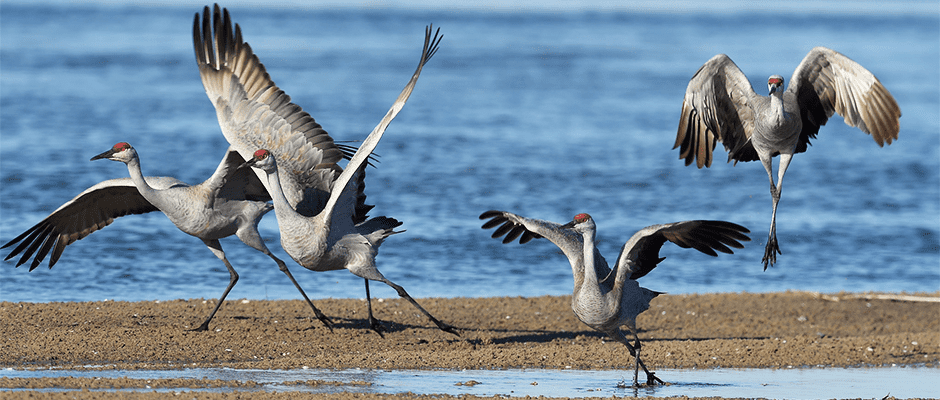
May 11, 2017
JWM study: Sandhill cranes prefer wide channels, short bank vegetation
Every spring, tourists from around the world flock to Nebraska to watch over half a million migrating sandhill cranes (Grus canadensis) roosting on the Platte River. Where the birds choose...

May 11, 2017
NPS adds two young males to mountain lion study
The Santa Monica Mountains of Los Angeles, where mountain lions (Puma concolor) prowl, comprise one of the only large metropolitan areas in the world inhabited by wild big cats. The...

May 11, 2017
Government funding authorized through the end of September
On May 5, the Consolidated Appropriations Act of 2017, H.R. 244, authorizing appropriations to fund the federal government for the remainder of Fiscal Year 2017 (FY17), which ends on September...

May 10, 2017
Ducks’ chemical signatures point to importance of Canadian delta
Most people don’t know much about central Canada’s Saskatchewan River Delta, but new research analyzing chemical ratios in duck feathers highlights how this massive wetland between Saskatchewan and Manitoba serves...

May 10, 2017
New programs tackle Burmese pythons in Florida
Florida wildlife officials have launched a number of new initiatives to tackle the spread of the invasive Burmese python, an introduced species that has been impacting native wildlife in the...
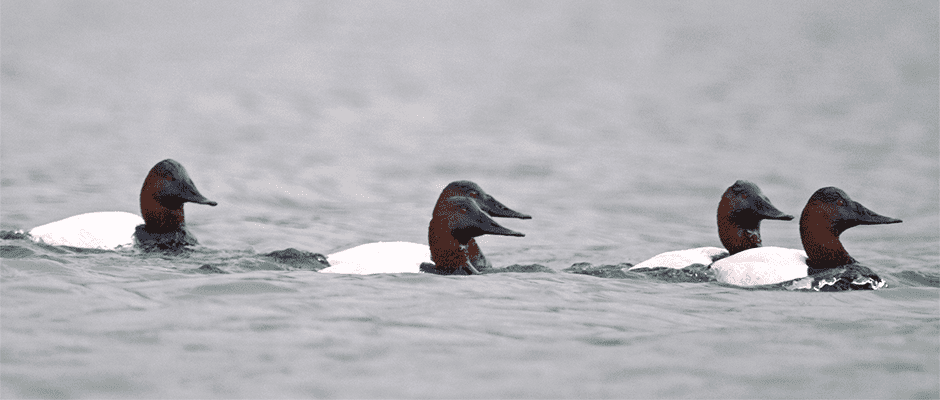
May 9, 2017
Canvasback connects ‘sister refuges’ in AK, CA
At first glance, an urban national wildlife refuge on the coast of California and a remote refuge in the interior of Alaska don’t seem to have much in common. Take...
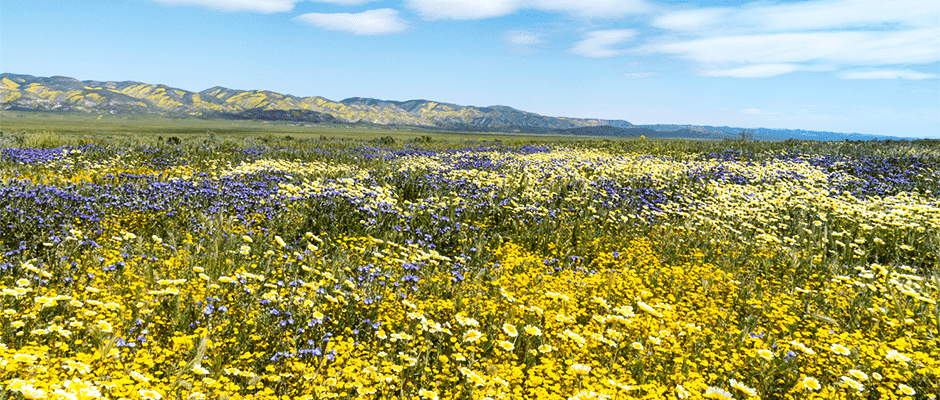
May 9, 2017
Zinke orders BLM to revise planning and NEPA processes
On Mar. 27, Interior Secretary Ryan Zinke issued a memo directing the Bureau of Land Management to revise and improve its processes for land use planning and environmental analysis under...
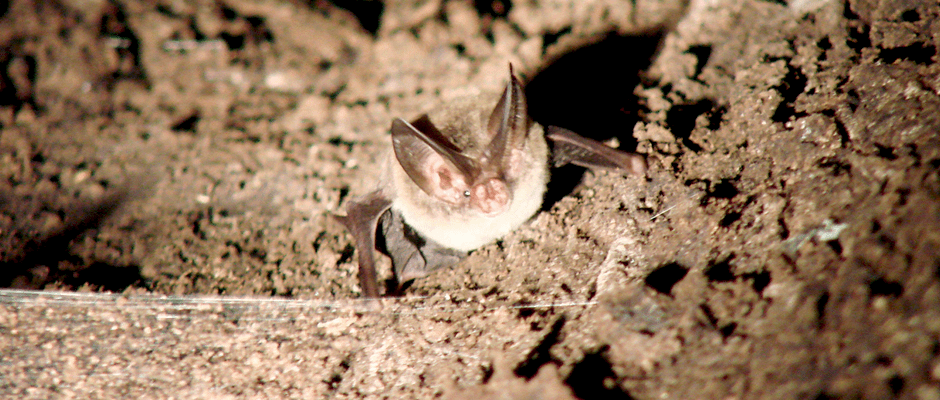
May 8, 2017
Rare bat species adapts to disturbed habitat
Two researchers at a time walked through the swampy waters of the bottomland hardwood forest in South Carolina on a mission to find a rare, sensitive bat species — the...
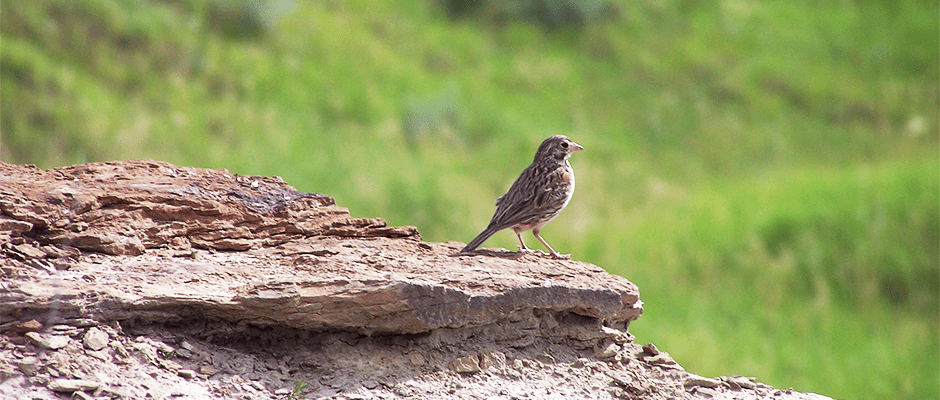
May 4, 2017
JWM study: Non-perching birds avoid gas wells
Grassland songbirds have suffered more declines than any other group of birds in North America because swaths of their habitat have been degraded by agriculture and development, including natural gas...

May 3, 2017
JWM study: Dispersal spreads wolves throughout the West
When Diane Boyd arrived in Montana in 1979, the northern Rockies had just one wolf. A lone female wolf, it had wandered from Canada, possibly from as far as Banff...

